Rochester Institute of Technology scientists have once again used data from the James Webb Space Telescope (JWST) as part of the Cosmic Evolution Early Release Science (CEERS) Survey to change the way we think about the universe and its distant galaxies.
Tag: Astrophyics
Baseline 15: Space Lasers! How Astronomers Use Astrophysical Masers
Artificial lasers on Earth are used for everything from scanning grocery items to delicate surgery. But there are also naturally occurring lasers known as astrophysical masers. Join National Radio Astronomy Observatory as we explore what these “space lasers” tell astronomers about the Universe.
Building Bridges and Ladders in Astrophysics: Theory and Experiment Inform the Equation of State
Researchers are combining experimental, theoretical, and observational data on neutron stars to constrain the equation of state (EOS) and to glean the composition of their interiors. Different techniques probe the EOS at different densities, thereby creating a “density ladder” that aims to connect the various rungs. The findings indicate a possible phase transition in the interior of neutron stars.
Deep-Space Discovery: Oddball Gamma-Ray Burst Forces Revision of Theoretical Framework
In the Dec. 7 issue of the journal Nature, an international team of astrophysicists report the discovery of a unique cosmological gamma-ray burst (GRB) that defies prevailing theories of how the violent cosmic explosions form.
The Baseline #12: Planetary Radar— Shining Light On Our Nearest Neighbors
Radio astronomers usually learn about the universe by passively observing the sky. But sometimes radio astronomy can be a bit more active. Join our host Summer Ash of the National Radio Astronomy Observatory as she talks about how astronomers can use radar to understand our astronomical neighbors in new and interesting ways.
Astrophysicist Nergis Mavalvala is Wellesley College’s 2022 Commencement Speaker
Astrophysicist and the first female dean of MIT’s School of Science, Nergis Mavalvala (Wellesley ’90) will address the Wellesley College class of 2022 at the College’s 144th commencement on May 27.
New IceCube detection proves 60-year-old theory
Normally, electron antineutrino would zip right through the Earth at the speed of light as if it weren’t even there. But this particle just so happened to smash into an electron deep inside the South Pole’s glacial ice, and was caught by the IceCube Neutrino Observatory. This enabled IceCube to make the first ever detection of a Glashow resonance event, a phenomenon predicted 60 years ago by Nobel laureate physicist Sheldon Glashow.
IceCube detection of high-energy particle proves 60-year-old physics theory
With this detection, scientists provided another confirmation of the Standard Model of particle physics. It also further demonstrated the ability of IceCube, which detects nearly massless particles called neutrinos using thousands of sensors embedded in the Antarctic ice, to do fundamental physics. The result was published March 10 in Nature.
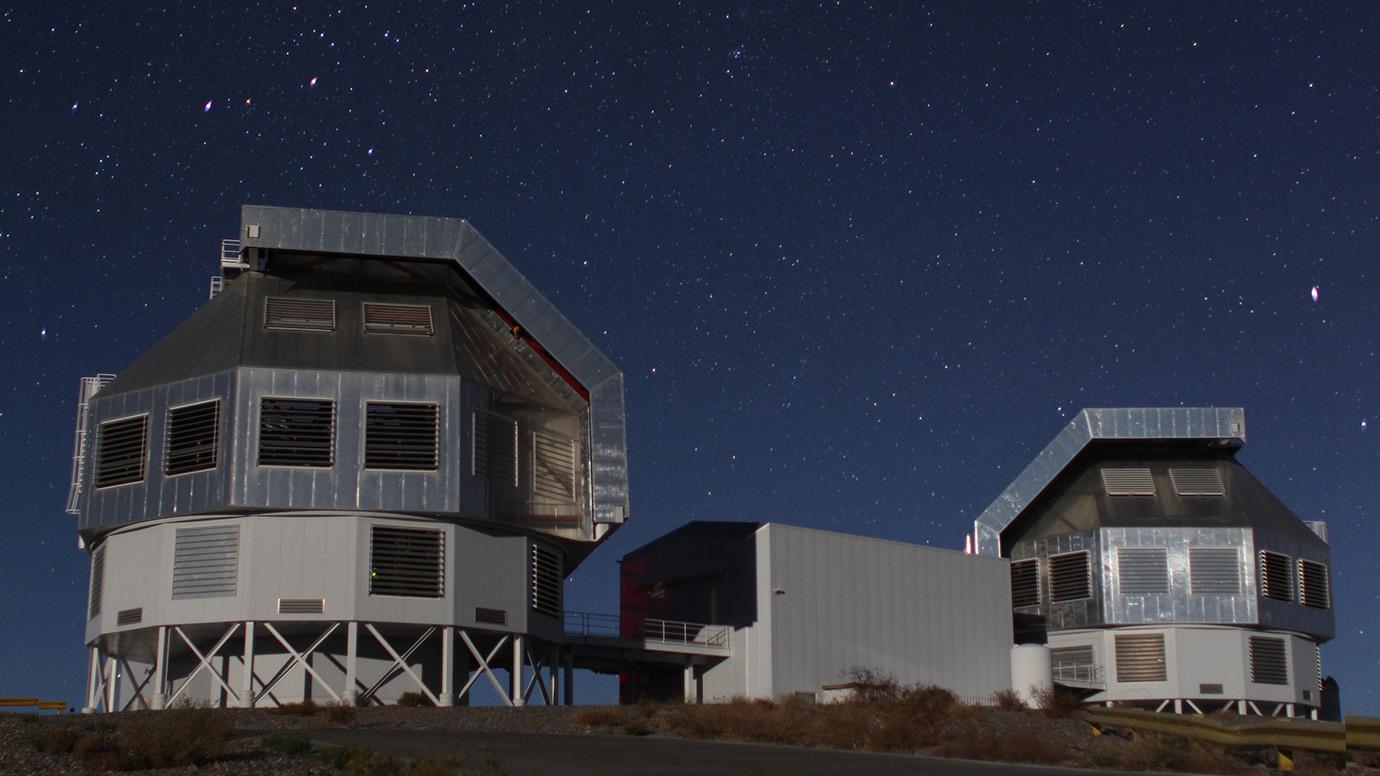
University of Chicago undergrads discover bright lensed galaxy in the early universe, despite pandemic barriers
A class of undergraduate astrophysics students at the University of Chicago helped discover a galaxy that dates back to a time when the universe was only 1.2 billion years old, about one-tenth of its current age.

Jeffrey Newman: Then and Now / 2010 Early Career Award Winner
Physics professor Jeffrey Newman at the University of Pittsburgh is improving the methods for calculating the distances and developing target strategies for Dark Energy Spectroscopic Instrument experiments. These activities are supporting the search for answers about dark energy.
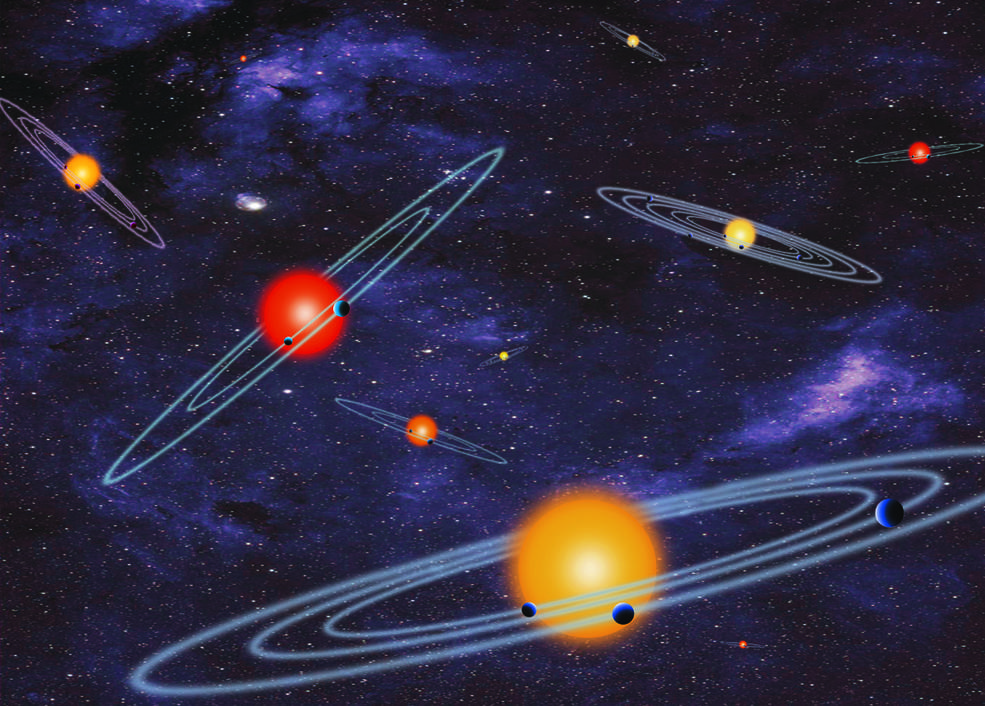
Astronomers develop model for the distribution of inner planetary systems
Data from the Kepler space telescope, launched more than a decade ago, is still helping astronomers who study planets outside of our own solar system — exoplanets — and unravel the mysteries of planetary systems. Initially, astronomers were surprised that Kepler found so many exoplanets, including hundreds of planetary systems with multiple planets orbiting close to their host star. As astronomers developed models to explain the abundance of inner exoplanets, they encountered a new mystery: “Why did Kepler detect just one planet around so many stars, instead of planetary systems with multiple planets?”
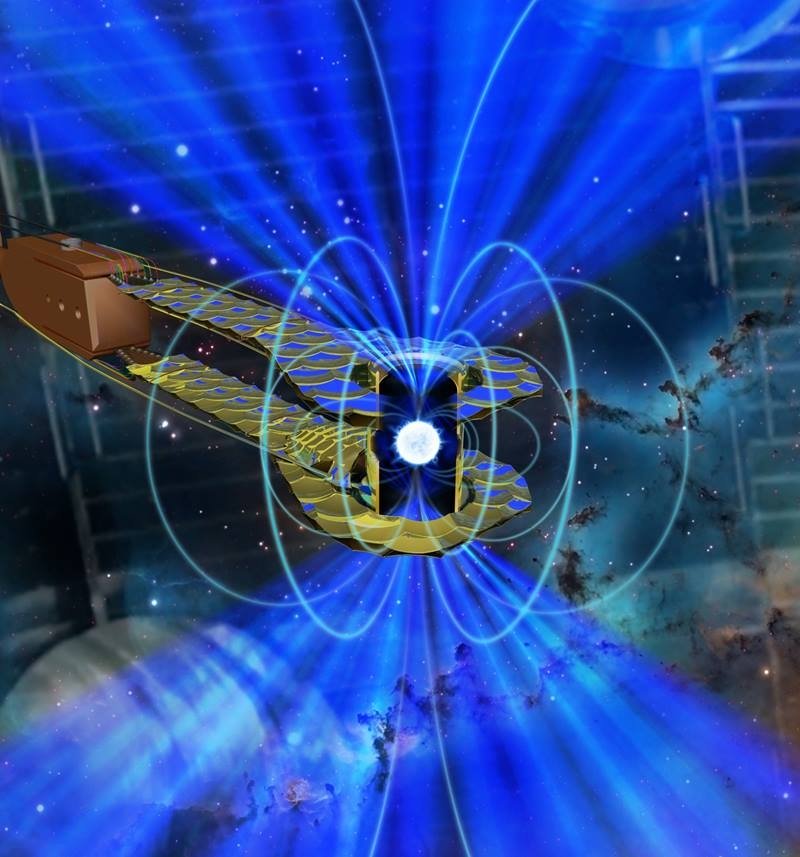
Shedding Light on Stellar Evolution
After burning their fuel, most stars become white dwarf stars. The high-energy-density states in these stars are extremely difficult to reach and characterize in the laboratory. Now, scientists have conducted new experiments on these high-pressure conditions using the world’s most energetic laser.
2020 Blavatnik Regional Awards for Young Scientists Honorees Announced during National Postdoc Appreciation Week
The winning postdoctoral researchers include a neuroscientist improving memory formation and recall, an astrophysicist illuminating dark matter, and a biochemist refining gene-editing technologies
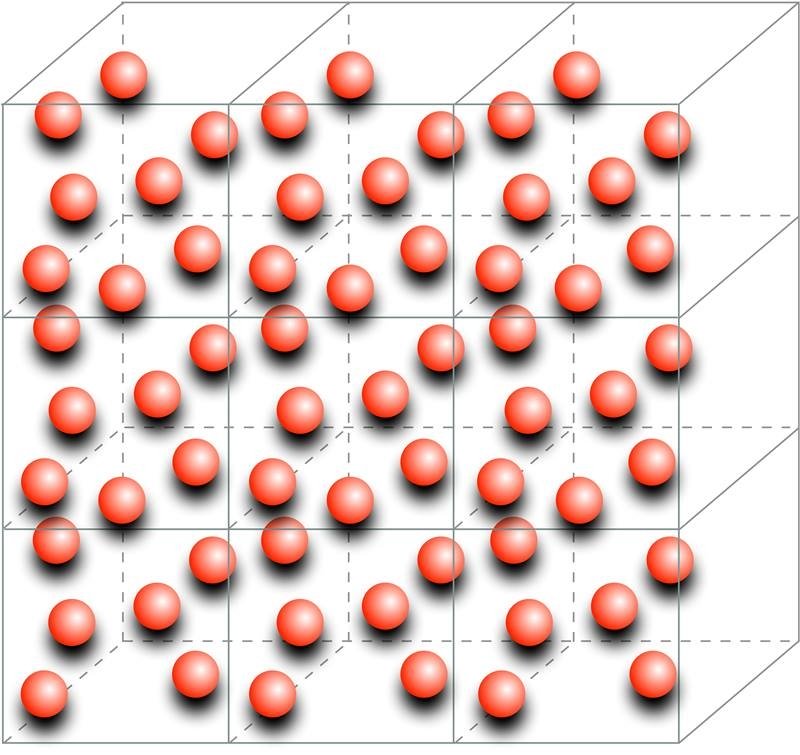
Probing the “Equation of State” of Neutron Matter—The Stuff that Neutron Stars Are Made Of
To predict the properties of matter in a neutron star, physicists consider a theoretical model that consists of an infinite system of pure neutrons that interact by the strong nuclear force. This allows them to calculate the neutron matter equation of state and thus how much weight the star can support before gravity crushes it into a black hole.
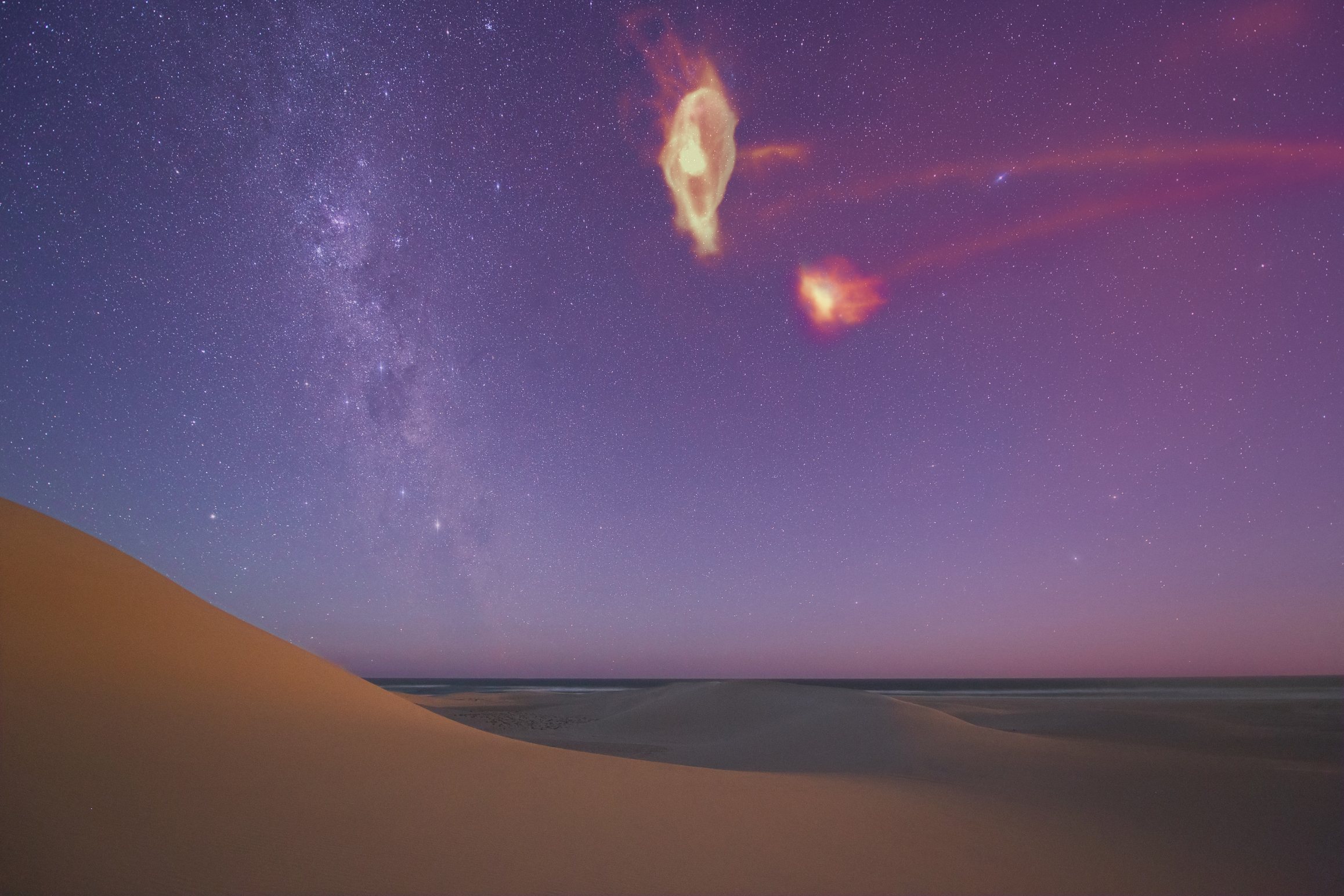
Massive halo finally explains stream of gas swirling around the Milky Way
Astronomers at the University of Wisconsin–Madison and their colleagues have discovered that a halo of warm gas surrounding the Magellanic Clouds likely acts as a protective cocoon, shielding the dwarf galaxies from the Milky Way’s own halo and contributing most of the Magellanic Stream’s mass.
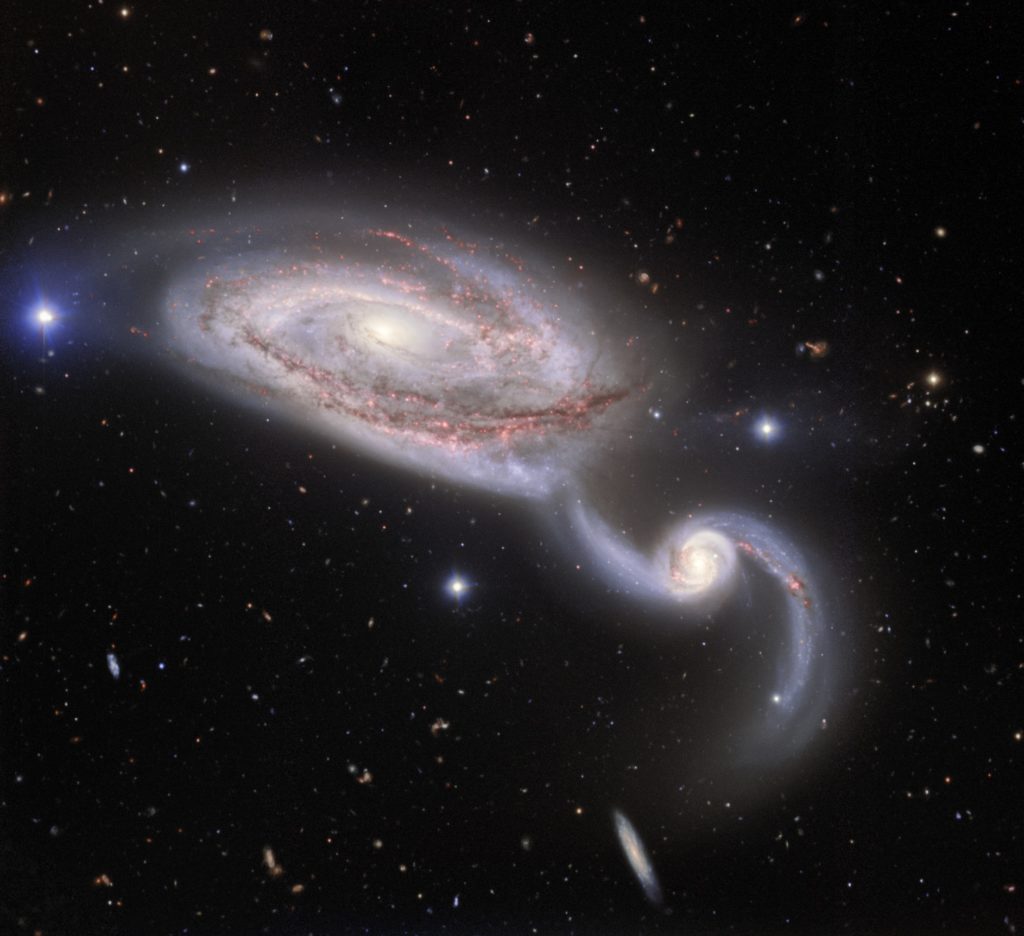
A Galactic Dance
Galaxies lead a graceful existence on cosmic timescales. Over millions of years, they can engage in elaborate dances that produce some of Nature’s most exquisite and striking grand designs. Few are as captivating as the galactic duo known as NGC 5394/5, sometimes nicknamed the Heron Galaxy. This image, obtained by the Gemini Observatory of NSF’s National Optical-Infrared Astronomy Research Laboratory, captures a snapshot of this compelling interacting pair.

A Galactic Dance
Galaxies lead a graceful existence on cosmic timescales. Over millions of years, they can engage in elaborate dances that produce some of Nature’s most exquisite and striking grand designs. Few are as captivating as the galactic duo known as NGC 5394/5, sometimes nicknamed the Heron Galaxy. This image, obtained by the Gemini Observatory of NSF’s National Optical-Infrared Astronomy Research Laboratory, captures a snapshot of this compelling interacting pair.
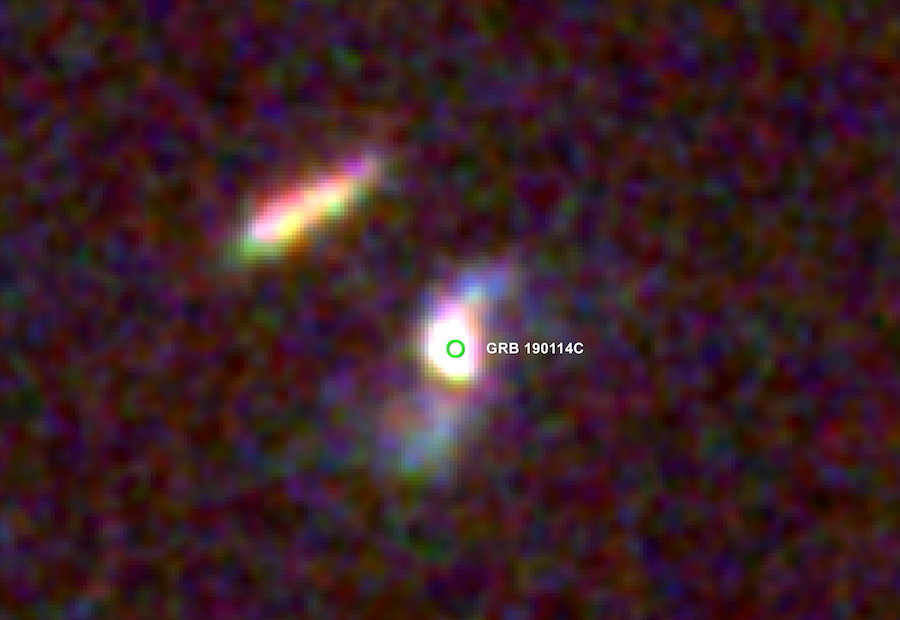
Researchers Discover Highest-Energy Light From a Gamma-ray Burst
An international team of researchers, including two astrophysicists from the George Washington University, has observed a gamma-ray burst with an afterglow that featured the highest energy photons—a trillion times more energetic than visible light—ever detected in a burst.
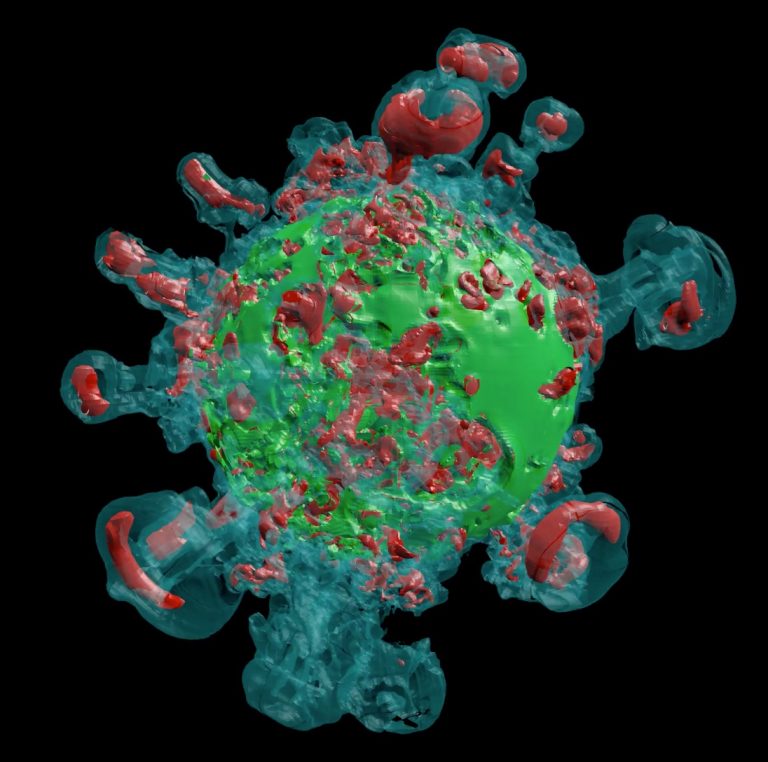
ECP’S EXASTAR PROJECT SEEKS ANSWERS HIDDEN IN THE COSMOS
ExaStar aims to create simulations for comparison with experiments and observations to help answer a variety of questions: Why is there more iron than gold in the universe? Why is anything rarer than anything else? Why is finding transuranic elements on the face of the earth difficult?